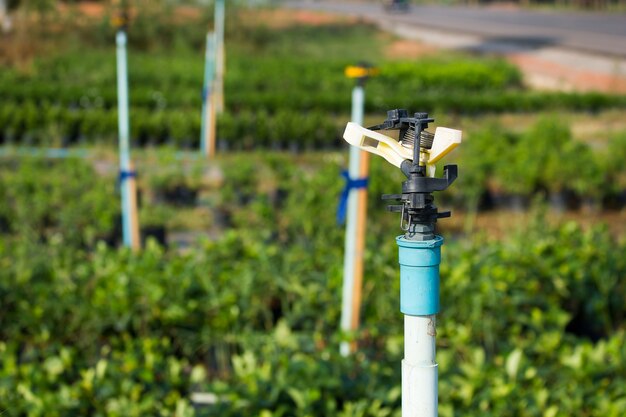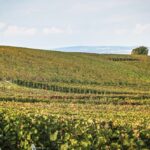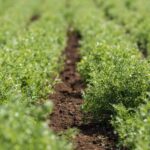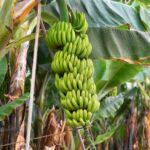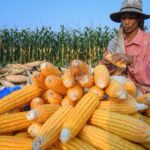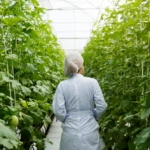Efficient irrigation is crucial for South African farmers, especially in a country prone to droughts and water scarcity. Choosing the right irrigation system can save water, reduce costs, and increase crop yields. Here’s a guide to help South African farmers select the best irrigation system for their needs.
1. Drip Irrigation
Drip irrigation delivers water directly to the roots of plants through a network of pipes and emitters.
- Advantages:
- Saves water by reducing evaporation and runoff.
- Improves plant health by providing consistent moisture.
- Minimizes weed growth since only the target area is watered.
- Best For: High-value crops like fruits, vegetables, and vineyards.
- Considerations: Initial setup costs can be high, but the system pays off in water savings.
2. Sprinkler Irrigation
Sprinklers mimic rainfall by distributing water over a wide area through spray heads.
- Advantages:
- Suitable for various crops, including grains, pastures, and vegetables.
- Covers large areas quickly.
- Easy to install and operate.
- Best For: Medium to large farms growing field crops.
- Considerations: Sprinklers can lose water to evaporation and wind, making them less efficient in hot, windy conditions.
3. Center Pivot Irrigation
This system consists of a central pipe with rotating sprinklers that move in a circular pattern.
- Advantages:
- Efficient for large-scale farming.
- Requires less labor compared to manual systems.
- Covers a large area with minimal water wastage.
- Best For: Large-scale farms growing maize, wheat, and sugarcane.
- Considerations: High initial investment and unsuitable for irregularly shaped fields.
4. Flood Irrigation
Water is released onto fields and allowed to flow freely, soaking into the soil.
- Advantages:
- Low-tech and inexpensive to set up.
- Works well with clay soils that retain water.
- Best For: Rice paddies or crops in flat, water-abundant areas.
- Considerations: Extremely inefficient, with significant water loss to evaporation and runoff.
5. Furrow Irrigation
Water flows through shallow trenches (furrows) dug between crop rows.
- Advantages:
- Simple and cost-effective for row crops.
- Reduces the need for complex equipment.
- Best For: Crops like maize, cotton, and beans.
- Considerations: Requires careful field leveling to avoid uneven watering and water wastage.
6. Micro-Spray Irrigation
Water is sprayed gently over a small area using low-pressure sprinklers or micro-jets.
- Advantages:
- Ideal for young plants and orchards.
- Uses less water than traditional sprinklers.
- Reduces soil erosion.
- Best For: Orchards, vineyards, and nursery crops.
- Considerations: Regular maintenance is required to prevent clogging.
7. Subsurface Irrigation
This system places pipes or emitters beneath the soil surface to deliver water directly to the root zone.
- Advantages:
- Prevents water loss to evaporation.
- Keeps the soil surface dry, reducing weed growth and disease.
- Best For: High-value crops and water-scarce regions.
- Considerations: High installation costs and complex maintenance.
Factors to Consider When Choosing an Irrigation System
- Water Availability: Assess your water source, quality, and supply consistency.
- Crop Type: Certain systems work better for specific crops. For example, drip irrigation is ideal for fruits and vegetables, while center pivot suits field crops.
- Farm Size and Shape: Large farms may benefit from center pivots or sprinklers, while small or irregularly shaped fields may need drip or micro-spray systems.
- Soil Type: Sandy soils need systems with frequent, small water applications (e.g., drip), while clay soils work well with flood or furrow systems.
- Budget: Consider initial installation costs, maintenance, and long-term water savings.
- Environmental Impact: Choose systems that conserve water and minimize runoff.
Selecting the right irrigation system is vital for sustainable and profitable farming in South Africa. Drip and sprinkler systems are popular for their water efficiency, while simpler methods like furrow and flood irrigation are cost-effective but less efficient. Evaluate your farm’s specific needs, budget, and long-term goals before investing in an irrigation system. With the right choice, you can optimize water use, enhance productivity, and contribute to sustainable agriculture.


